FIELD SERVICE CAPS/SIDE CAPS.
|
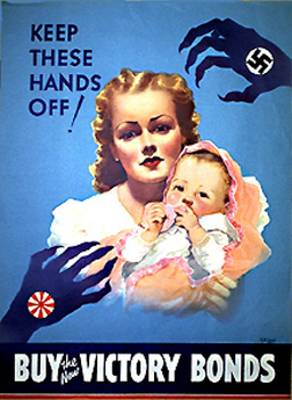 |
The field service cap or side cap was introduced in line Infantry (other than Scottish regiments) from 1893. The first pattern of the caps were green for Light Infantry and Rifles and blue for other regiments it replaced the glengarry and was adopted as a "walking out" headdress by the Infantry, the rest of the army used it for field training, retaining the pill box forage cap for "walking out".
In May 1895 is was officially re-named the field cap. It was replaced in 1901 by a (generally hated) cap called The Broderick in the guards in 1901 and in the line regiments in 1902.
The cap was retained in India, various patterns were officially re-sealed in regimentally specific colours for this use. (The first regimentally coloured pattern was sealed for Indian use on 15 Feb. 1894)
From 1902 the wearing of the coloured field caps was confined to use in Egypt and India until about June 1937 when regiments returning to the UK brought their (now multi coloured) caps back with them. The use spread to the army in the UK and they were used widely throughout WW2 and still used today. Thanks to John Mulcahy on the militaria collector's network for this information.
|
The universal khaki drab field cap was re-introduced for universal service with the introduction of battle dress in the early 1930's by officers and O/Ranks alike the only difference being in the quality of the material, the officers being a fine material called barathea. The one below is dated 1940 with a Notts and Derby cap badge.
|
WW11 R.A.F side cap with badge. Thanks to Wilfred Wilson for donating his old cap to my collection. |
Officers Queens Lancashire side cap with cloth badge. |
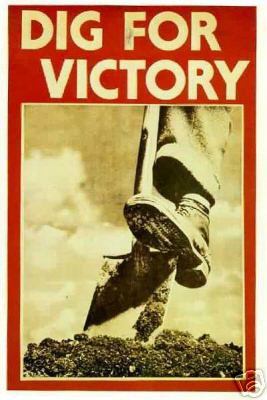 BACK TO MILITARIA HELMETS AND HEADGEAR. BACK TO MILITARIA HELMETS AND HEADGEAR. |


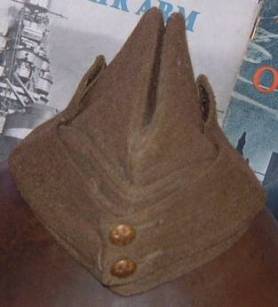

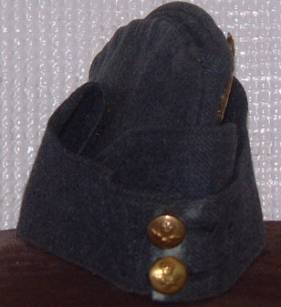

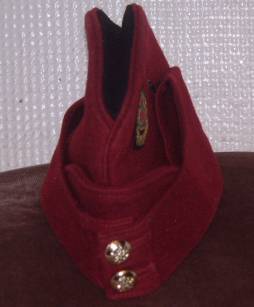
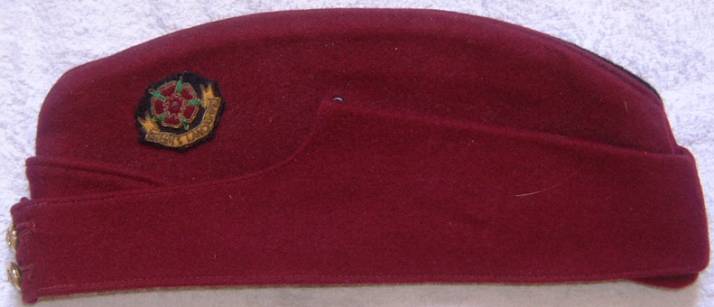
 BACK TO MILITARIA HELMETS AND HEADGEAR.
BACK TO MILITARIA HELMETS AND HEADGEAR.